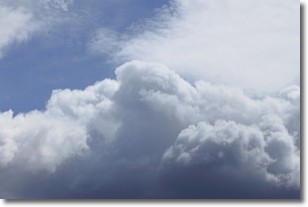Weather Alert in North Carolina
Beach Hazards Statement issued June 30 at 7:45PM EDT until July 1 at 8:00PM EDT by NWS Wilmington NC
AREAS AFFECTED: Coastal Pender; Coastal New Hanover; Coastal Georgetown
DESCRIPTION: * WHAT...Strong south to north longshore current. There is also a Moderate Risk of rip currents. * WHERE...In North Carolina, Coastal Pender and Coastal New Hanover Counties. In South Carolina, Coastal Georgetown County. * WHEN...From 6 AM EDT Tuesday through Tuesday evening. * IMPACTS...Longshore currents can sweep swimmers and surfers into rip currents, piers, jetties, and other hazardous areas. It may sweep swimmers off their feet, making it difficult to return to shore.
INSTRUCTION: Caution should be used when in or near the water. Check with lifeguards before entering the ocean for possible hazards you may be swept into.
Want more detail? Get the Complete 7 Day and Night Detailed Forecast!
Current U.S. National Radar--Current
The Current National Weather Radar is shown below with a UTC Time (subtract 5 hours from UTC to get Eastern Time).

National Weather Forecast--Current
The Current National Weather Forecast and National Weather Map are shown below.

National Weather Forecast for Tomorrow
Tomorrow National Weather Forecast and Tomorrow National Weather Map are show below.

North America Water Vapor (Moisture)
This map shows recent moisture content over North America. Bright and colored areas show high moisture (ie, clouds); brown indicates very little moisture present; black indicates no moisture.

Weather Topic: What are Nimbostratus Clouds?
Home - Education - Cloud Types - Nimbostratus Clouds
 Next Topic: Precipitation
Next Topic: Precipitation
A nimbostratus cloud is similar to a stratus cloud in its formless,
smooth appearance. However, a nimbostratus cloud is darker than a stratus cloud,
because it is thicker.
Unlike a stratus cloud, a nimbostratus cloud typically brings with it the threat
of moderate to heavy precipitation. In some cases, the precipitation may evaporate
before reaching the ground, a phenomenon known as virga.
Next Topic: Precipitation
Weather Topic: What is Rain?
Home - Education - Precipitation - Rain
 Next Topic: Shelf Clouds
Next Topic: Shelf Clouds
Precipitation in the form of water droplets is called rain.
Rain generally has a tendency to fall with less intensity over a greater period
of time, and when rainfall is more severe it is usually less sustained.
Rain is the most common form of precipitation and happens with greater frequency
depending on the season and regional influences. Cities have been shown to have
an observable effect on rainfall, due to an effect called the urban heat island.
Compared to upwind, monthly rainfall between twenty and forty miles downwind of
cities is 30% greater.
Next Topic: Shelf Clouds
Current conditions powered by WeatherAPI.com




